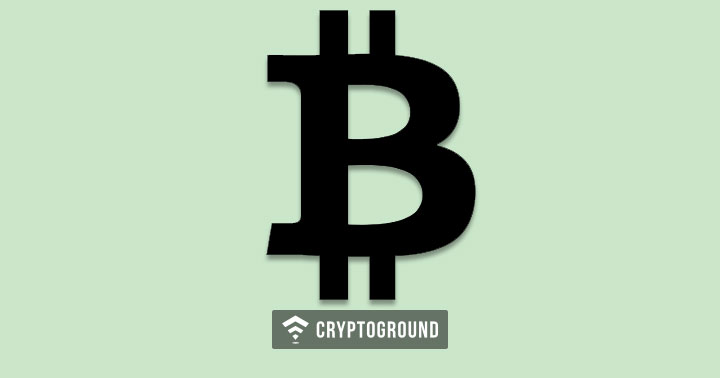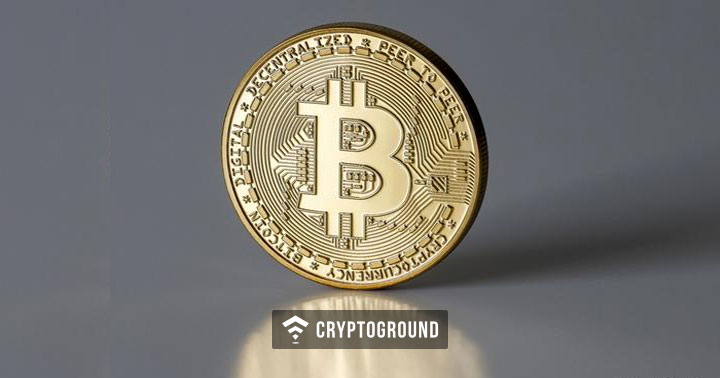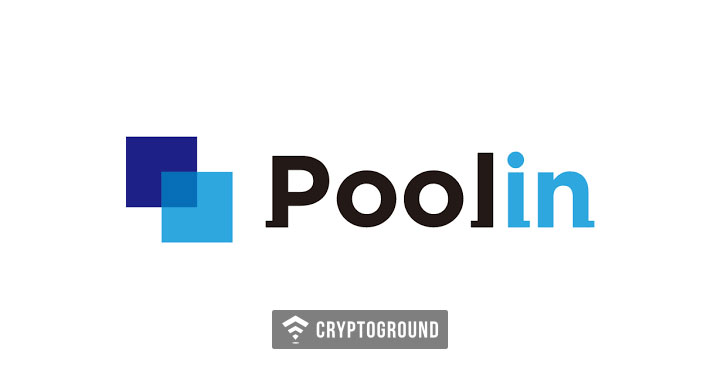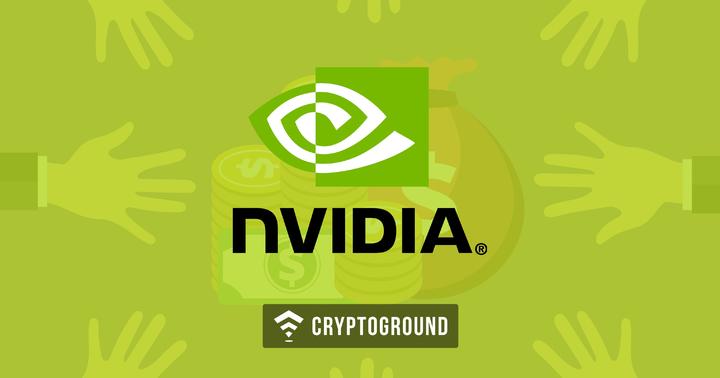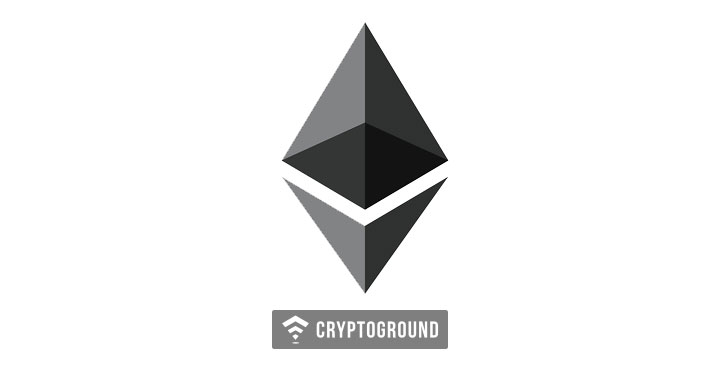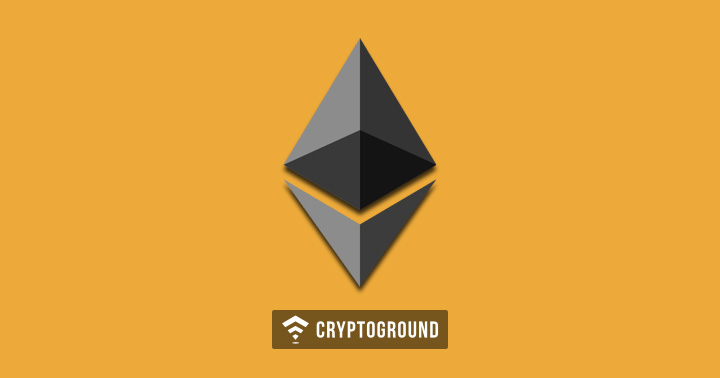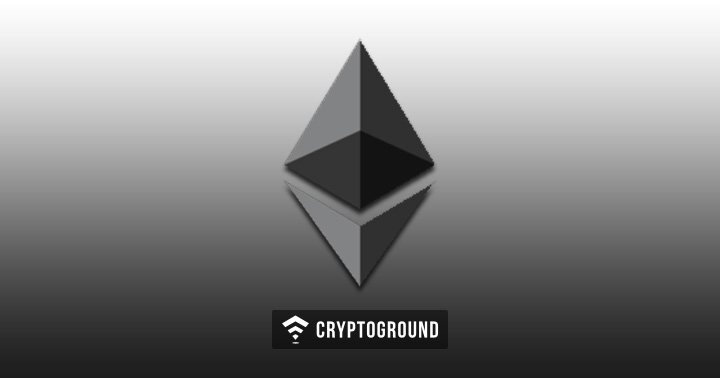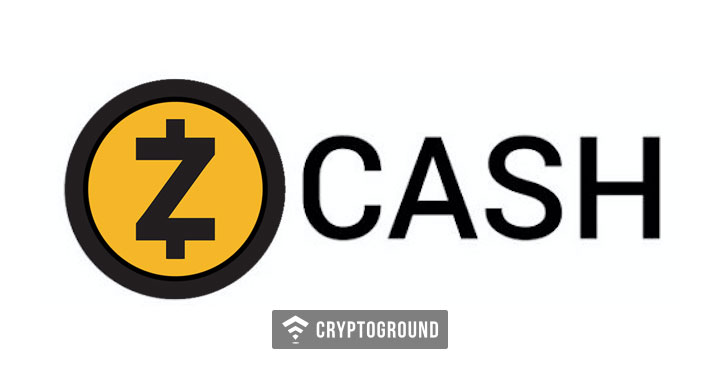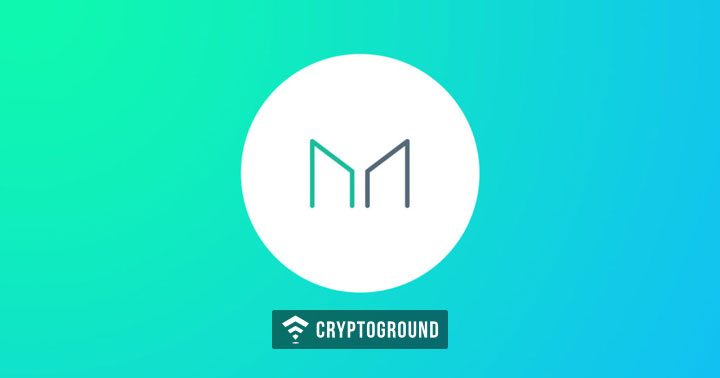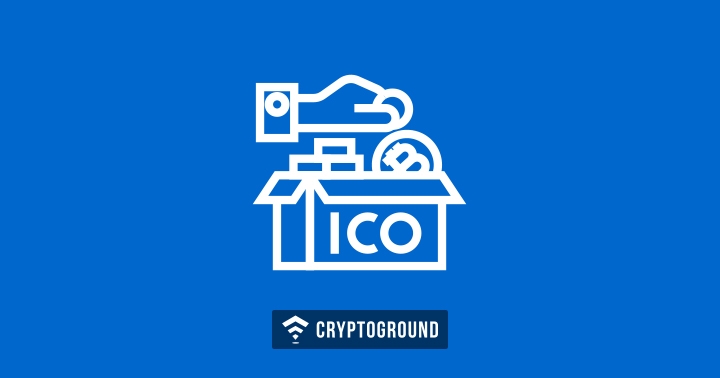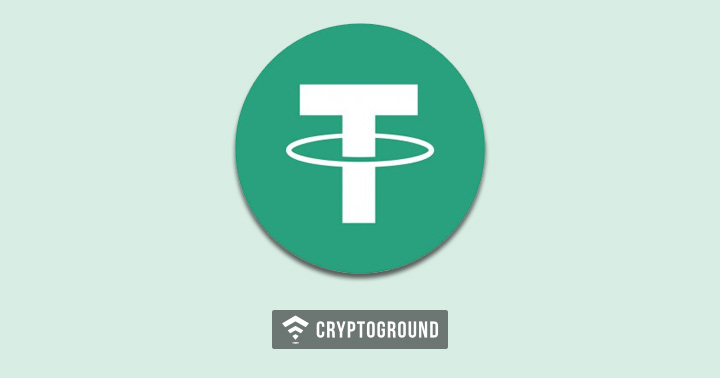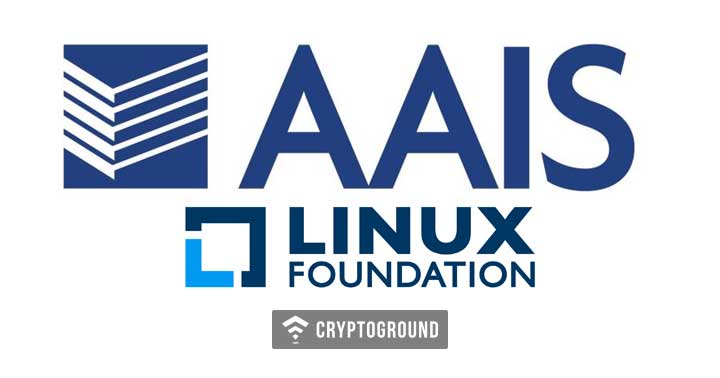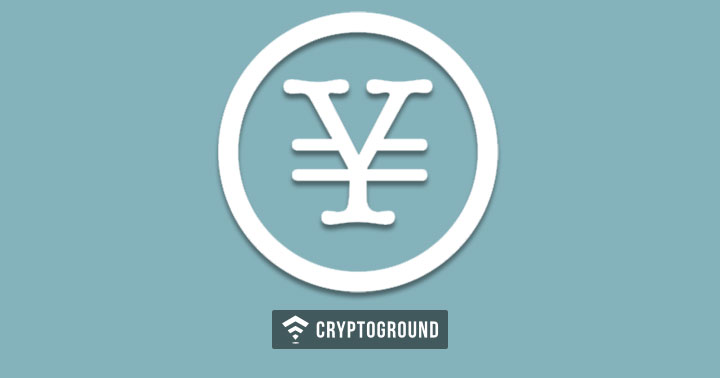DappReview, a decentralized application analytics firm, recently published a review for DApp oriented blockchains as per the 2019 statistics. According to the report, only three platforms accounted for over 98% of the activity in volume transacted within this blockchain space. The leading blockchains were Tron, Ethereum and EOS although the latter lagged towards the end of 2019.
Over $23 billion in on-chain transactions were accounted for on DApp built applications. Also, the number of DApps grew by close to 2000 raising the total figure to 4000. The rise of DeFi’s and Non-fungible tokens was also among the notable milestones in the space. DappReview, however, noted that the activity within decentralized applications is yet to match any large centralized platform.
Ethereum and Tron’s Success in 2019
These two blockchain networks took the day for DApp oriented digital ledgers last year; Ethereum attracted a diverse clientele while Tron thrived in the online betting space. Some crypto enthusiasts have since dubbed the Justin Sun project ‘Las Vegas of Blockchain’.
Ethereum hosted the highest number of DeFi apps in 2019 with some developers launching derivative-based products within this ecosystem. The Vitalik led blockchain enjoyed a larger chunk of its transactional volume from financial services built DeFi’s. DappReview noted that the $6 billion staked for DeFi’s was still however insignificant compared to the larger macroeconomy.
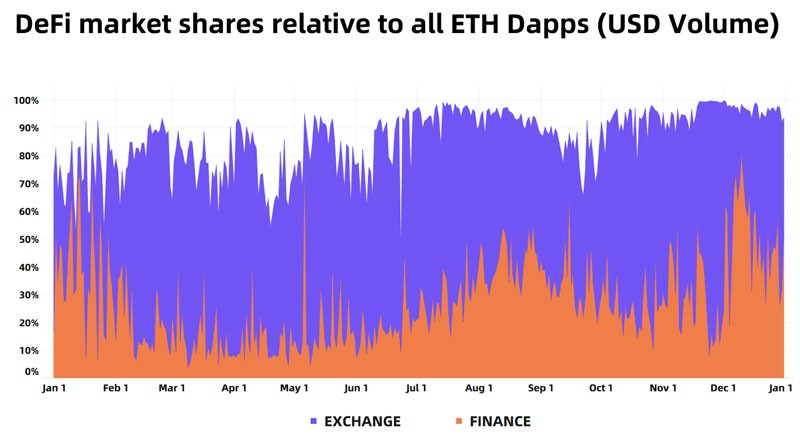
EOS Market Share Drop in Q4, 2019
EOS began losing its market share after the EIDOS airdrop which altered the performance of its network. A good number of users left the platform owing to unfair token distributions after the airdrop; it has since been an uphill task to bump up the numbers despite recording a high of $6.1 billion in transactional volume at the beginning of 2019. DappReview highlighted that EOS might still face more problems in 2020 given its fort is within the gaming space;
“Blockchain games still have to face the cruel reality that the damage created by EIDOS will continue for 15 months, and the congestion of the EOS main network may be difficult to resolve in the short term. The existing users are gradually leaving and there are no newcomers.”

